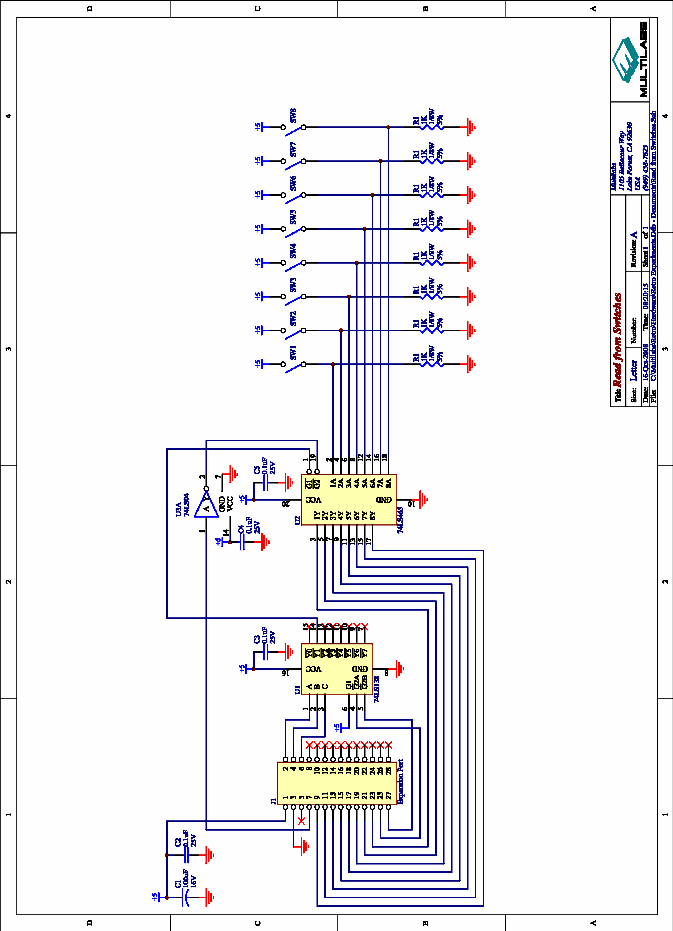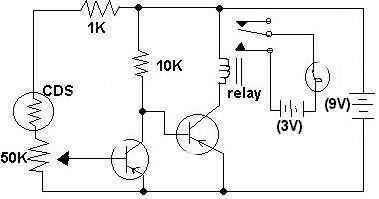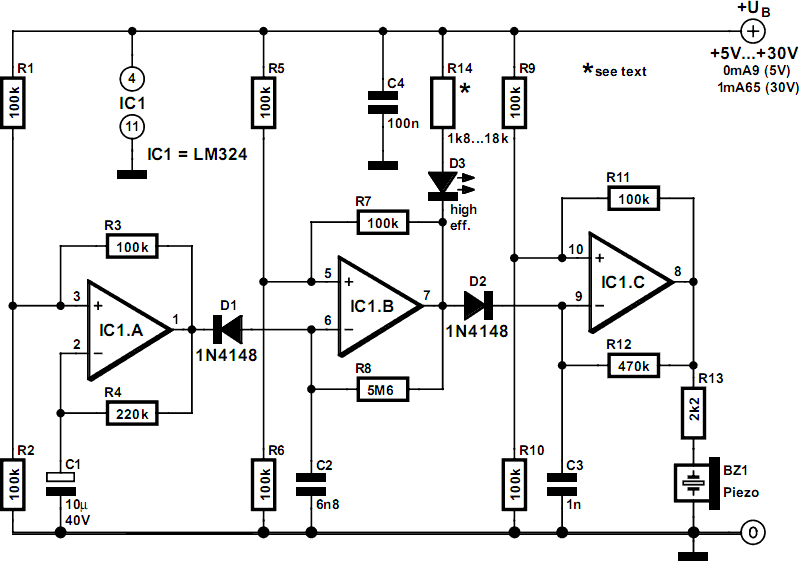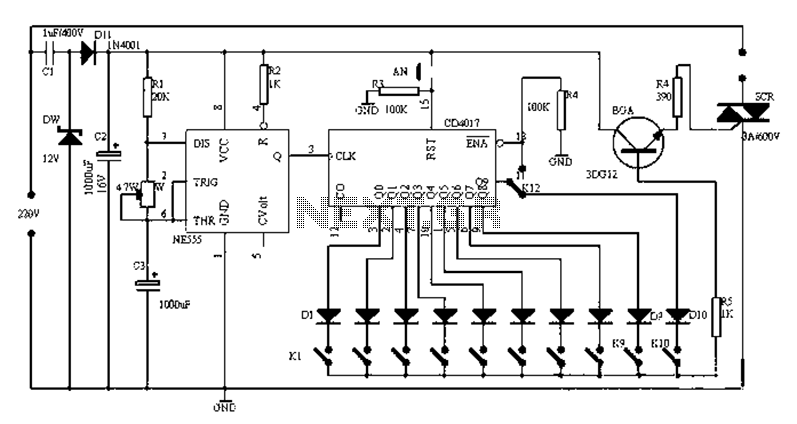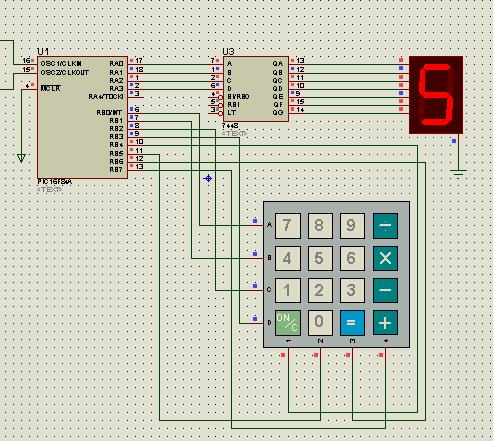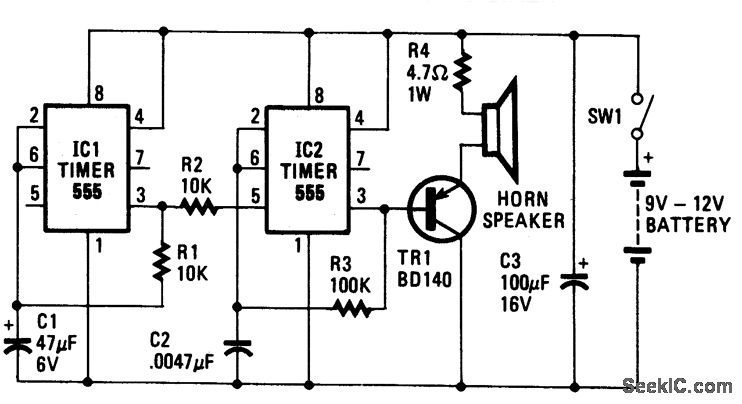
ELECTRONIC DICE
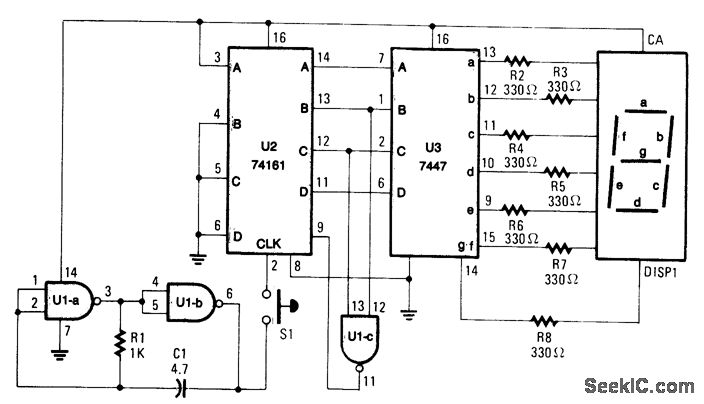
When S1 is pressed, counter U2 is activated by oscillator U1A/U1B, and the count (ranging from 0 to 6) is displayed on DISP1. The resistor R1 and capacitor C1 define the count rate, which must be sufficiently rapid to produce a "random" count.
The circuit described involves a simple counting mechanism that utilizes a switch (S1), a counter (U2), and an oscillator (U1A/U1B). When the switch S1 is engaged, it triggers the oscillator, which generates a clock signal to drive the counter U2. The counter is capable of counting from 0 to 6, and the current count is visually represented on a display unit labeled DISP1.
The oscillator, comprised of operational amplifiers U1A and U1B, provides a square wave signal that determines the speed at which the counter increments. The frequency of this oscillation is influenced by the values of resistor R1 and capacitor C1, which form an RC timing circuit. The selection of R1 and C1 is critical; they must be chosen to produce a count rate that is fast enough to appear random to the user. This randomness is essential for applications such as gaming or random number generation, where predictable outputs are undesirable.
In practical terms, the values of R1 and C1 can be calculated using the formula for the time period of an RC circuit, which is T = R1 * C1. The frequency (f) of the oscillation can then be derived from the time period (f = 1/T). It is advisable to experiment with different resistor and capacitor values to achieve the desired count rate and ensure that the display updates rapidly enough to give the appearance of randomness.
The output from the counter U2 is connected to the display DISP1, which could be a seven-segment display or an LCD, depending on the design requirements. The display circuitry should be designed to handle the output format from U2 correctly, ensuring that the count is visually represented accurately and clearly.
In summary, this circuit effectively combines a switch, oscillator, counter, and display to create a simple yet functional counting mechanism with a focus on producing a random count output. Proper selection of components is essential to achieve the desired operational characteristics.When S1 is pressed, counter U2 is driven by oscillator U1A/U1B and the count (0 through 6) is read on DISP1. R1 and C1 determine the count rate, which should be fast enough to ensure a "random" count. 🔗 External reference
The circuit described involves a simple counting mechanism that utilizes a switch (S1), a counter (U2), and an oscillator (U1A/U1B). When the switch S1 is engaged, it triggers the oscillator, which generates a clock signal to drive the counter U2. The counter is capable of counting from 0 to 6, and the current count is visually represented on a display unit labeled DISP1.
The oscillator, comprised of operational amplifiers U1A and U1B, provides a square wave signal that determines the speed at which the counter increments. The frequency of this oscillation is influenced by the values of resistor R1 and capacitor C1, which form an RC timing circuit. The selection of R1 and C1 is critical; they must be chosen to produce a count rate that is fast enough to appear random to the user. This randomness is essential for applications such as gaming or random number generation, where predictable outputs are undesirable.
In practical terms, the values of R1 and C1 can be calculated using the formula for the time period of an RC circuit, which is T = R1 * C1. The frequency (f) of the oscillation can then be derived from the time period (f = 1/T). It is advisable to experiment with different resistor and capacitor values to achieve the desired count rate and ensure that the display updates rapidly enough to give the appearance of randomness.
The output from the counter U2 is connected to the display DISP1, which could be a seven-segment display or an LCD, depending on the design requirements. The display circuitry should be designed to handle the output format from U2 correctly, ensuring that the count is visually represented accurately and clearly.
In summary, this circuit effectively combines a switch, oscillator, counter, and display to create a simple yet functional counting mechanism with a focus on producing a random count output. Proper selection of components is essential to achieve the desired operational characteristics.When S1 is pressed, counter U2 is driven by oscillator U1A/U1B and the count (0 through 6) is read on DISP1. R1 and C1 determine the count rate, which should be fast enough to ensure a "random" count. 🔗 External reference
